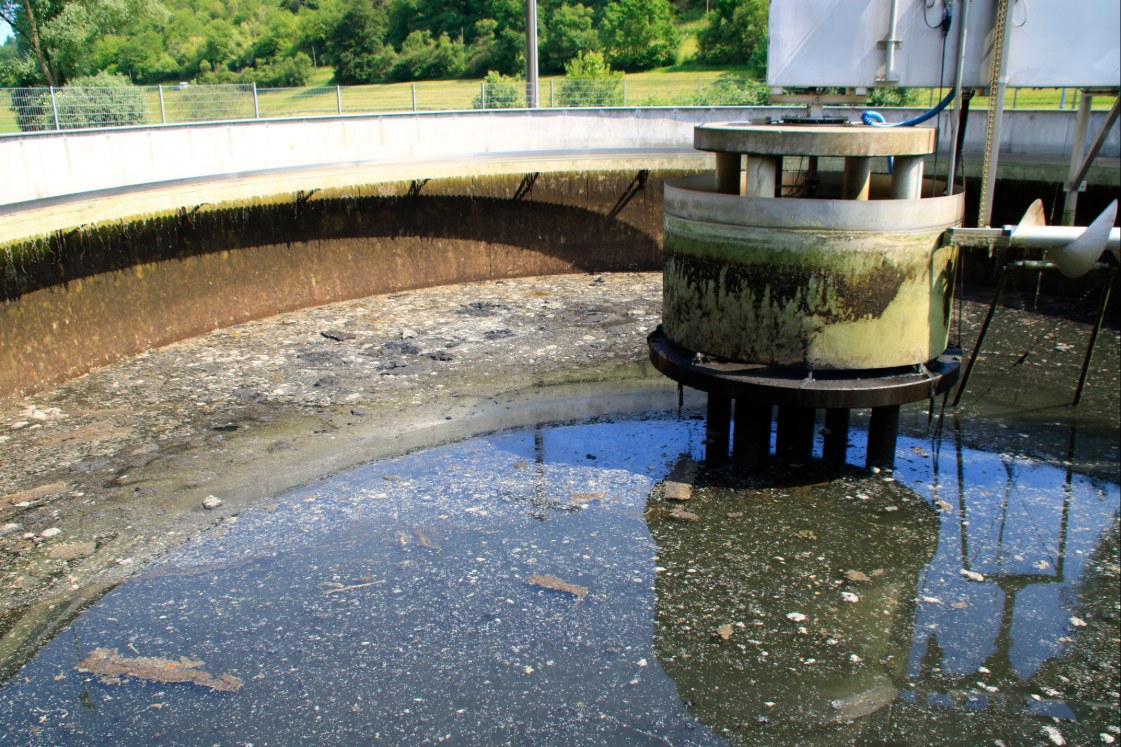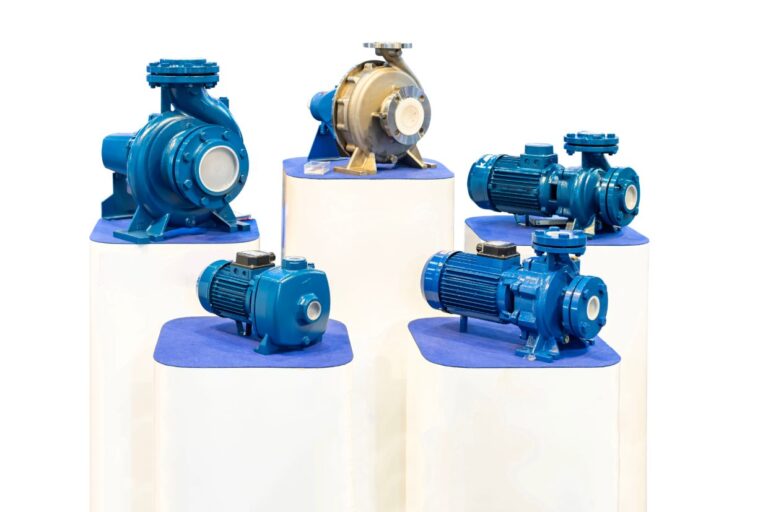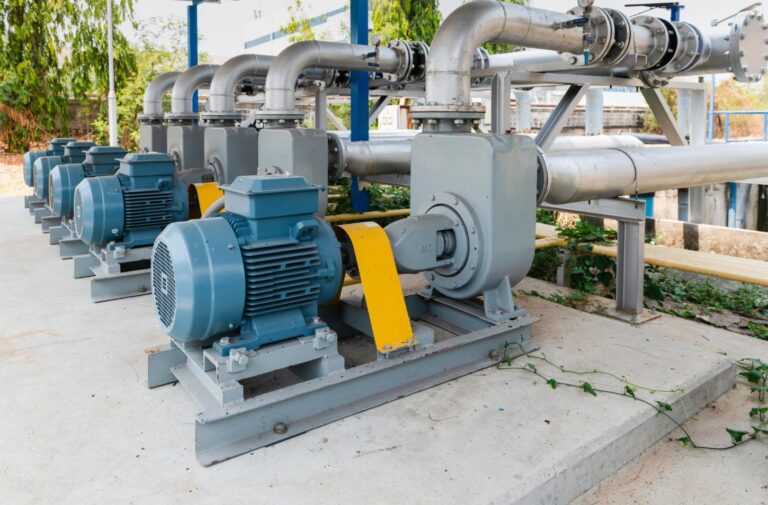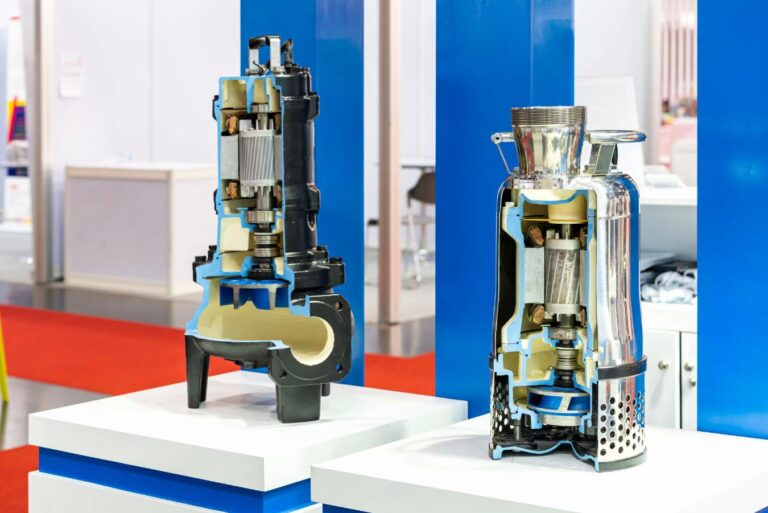Selecting the right sludge pump is critical for ensuring efficient and reliable handling of thick, abrasive, and solids-laden fluids commonly found in industrial and municipal operations. Unlike standard pumps, sludge pumps must be designed to manage high viscosity, variable flow conditions, and substantial solid content without clogging or excessive wear. This blog outlines the key selection criteria for sludge pumping, including flow rate, viscosity, and solids handling capacity, as well as often-overlooked factors such as material compatibility, pump configuration, and motor sizing. Understanding these elements is essential for optimizing performance, minimizing downtime, and extending equipment lifespan.
What Makes Sludge So Difficult to Move?
Sludge is a complex material that presents unique challenges for pumping systems. Unlike water or other low-viscosity fluids, sludge often contains a high concentration of solids, varying particle sizes, and a thick, non-uniform consistency. These characteristics directly impact pump performance and longevity, requiring the use of specialized equipment such as a sludge pump.
One of the primary factors contributing to the difficulty of sludge is its density. Sludge typically contains a mixture of water, organic matter, and suspended solids, which increases its mass per unit volume. As density increases, more power is required to move the material, placing additional stress on the pump and motor components.
Abrasiveness is another concern. Many types of sludge, particularly those from industrial or mining processes, contain sharp or coarse particles that can cause accelerated wear on pump internals. This makes material selection—especially for impellers, seals, and housings—critical when choosing a sludge pump. In abrasive environments, a submersible sludge pump with hardened components is often preferred due to its direct operation in the slurry and minimal exposure to external mechanical parts.
Chemical composition also plays a key role. Some sludges include corrosive substances or biological matter that can degrade standard pump materials over time. Without adequate chemical resistance, pumps may experience frequent breakdowns and reduced service life, resulting in higher maintenance costs and increased operational downtime.
From a hydraulic standpoint, sludge pumping is more demanding because of the non-Newtonian behavior of the fluid. Sludge does not flow uniformly and often requires pumps capable of generating sufficient pressure without clogging. This is why standard water pumps are inadequate for these applications. A well-designed sludge pump is engineered with features such as large passages, anti-clog impellers, and high-torque motors to ensure reliable performance even in the most challenging sludge conditions.
Inside the Heart of a Sludge Pump
A sludge pump is specifically engineered to handle thick, abrasive, and solids-laden fluids that standard pumps cannot process efficiently. Unlike clean water pumps, sludge pumps are built to manage heavy-duty materials with high viscosity and a high percentage of suspended solids. The core design of these pumps centers around durability, non-clogging performance, and the ability to maintain consistent flow under harsh operating conditions.
At the mechanical level, a sludge pump typically includes:
- A robust motor designed to generate high torque
- A wide impeller passage to accommodate solids without clogging
- Heavy-duty seals to prevent leakage under pressure
- Abrasion-resistant materials to withstand wear over time
There are several types of pumps commonly used for sludge pumping, each with unique strengths that depend on the specific application. These include:
- Centrifugal pumps with open impellers for moderate solids content
- Progressive cavity pumps that excel with viscous and shear-sensitive sludge
- Peristaltic pumps for precise flow control and minimal shear
- Submersible sludge pumps, which are placed directly into the sludge for efficient in-situ operation
Among these, the submersible sludge pump is often preferred for use in confined or underwater environments, such as sumps, tanks, or pits. Since these pumps operate while submerged in the sludge itself, they reduce the need for priming and minimize suction issues. They also offer flexibility in installation and can handle a wide range of solids and fluid densities.
Each pump type involves trade-offs in terms of efficiency, maintenance requirements, solids handling capacity, and cost. Selecting the right sludge pump involves evaluating these factors in the context of the specific application, flow characteristics, and operational demands.
Engineering the Perfect Fit: Core Criteria for Sludge Pump Selection
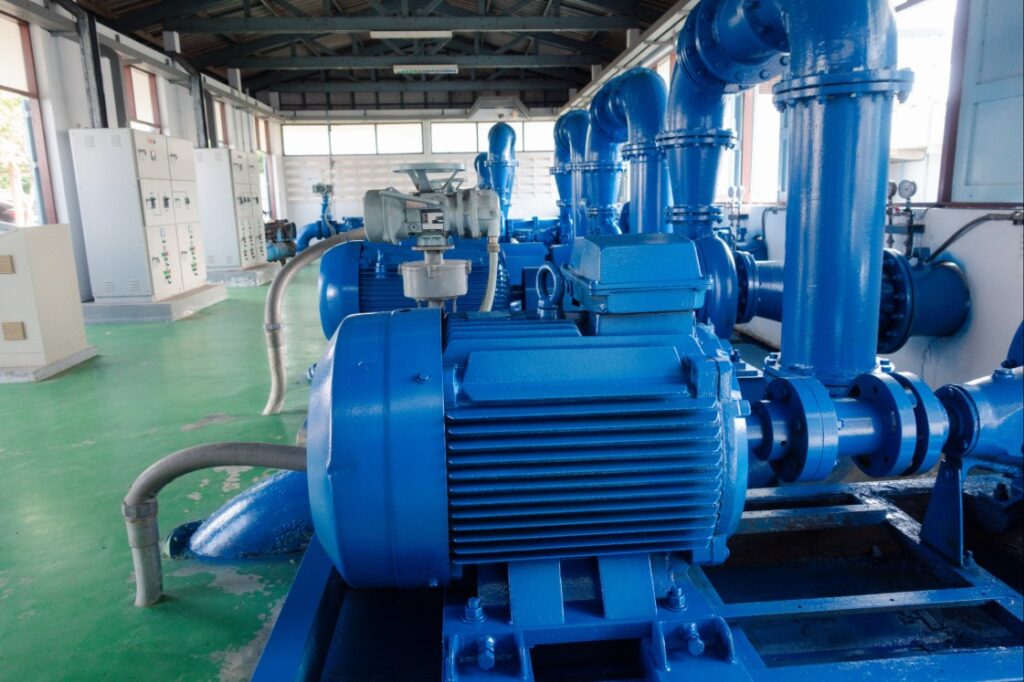
Selecting the right sludge pump requires careful evaluation of key operational parameters. Flow rate, fluid viscosity, and solids handling capacity are among the most critical factors that directly impact pump efficiency, reliability, and service life. Understanding how each of these elements interacts with pump design is essential for effective sludge pumping in any industrial environment.
1. Matching the Pulse: Flow Rate Considerations
Flow rate, typically measured in gallons per minute (GPM) or liters per minute (LPM), defines how much sludge needs to be moved within a specific timeframe. Selecting a sludge pump with the correct flow rate is crucial to maintaining process efficiency and avoiding overloading or underperformance.
Flow conditions in sludge applications are often inconsistent. Industrial operations may face peak loads, batch cycles, or fluctuating sludge levels. A pump that’s sized too small may struggle to meet demand, while an oversized pump can lead to unnecessary energy use, increased wear, and reduced longevity.
To optimize sludge pumping, it’s essential to:
- Analyze average and peak flow conditions
- Calculate the required head height and system resistance
- Match the pump’s performance curve to the system’s hydraulic needs
Using variable speed drives (VSDs) or controls can also help adapt to varying flow requirements while reducing energy consumption.
2. Thick, Sticky, and Stubborn: Tackling Viscosity
Sludge viscosity refers to its resistance to flow, which varies depending on the solids content, temperature, and chemical composition. Unlike clean fluids, sludge often behaves as a non-Newtonian fluid—it doesn’t flow uniformly under pressure and requires specialized pumping mechanisms.
As viscosity increases, so does the load on the pump’s motor and components. Not all pump types can efficiently handle thick or highly viscous sludge. For such applications, positive displacement pumps (such as progressive cavity or peristaltic designs) are typically more suitable than standard centrifugal pumps.
To maintain efficiency in viscous sludge pumping:
- Choose pump types with high torque and low shear characteristics
- Ensure the system is designed for minimal flow resistance
- Consider heating or dilution when dealing with temperature-sensitive sludge
A properly selected sludge pump reduces the risk of cavitation, blockages, and mechanical failure caused by excessively thick material.
3. Solid Trouble: Accommodating Debris and Particulates
Sludge typically consists of a mixture of organic matter, grit, and suspended solids. The ability of a sludge pump to handle solids without clogging is a major factor in long-term performance. Solids content, size, and abrasiveness all affect pump selection.
Pump passage size (clearance between impeller and volute) must be large enough to allow solid particles to pass without obstruction. If the particles exceed the pump’s solids handling capacity, clogging or mechanical damage may occur. This is particularly critical in applications such as mining or wastewater treatment, where heavy solids are commonly encountered.
Submersible sludge pumps offer distinct advantages in environments with high solids content. These pumps are installed directly in the fluid, allowing for more efficient handling of abrasive or coarse sludge with minimal suction limitations. They are often equipped with non-clogging impellers and wear-resistant materials to enhance durability in demanding conditions.
When selecting a sludge pump, always verify its maximum solids handling size and compatibility with the expected slurry characteristics.
Beyond the Basics: Overlooked Yet Crucial Factors
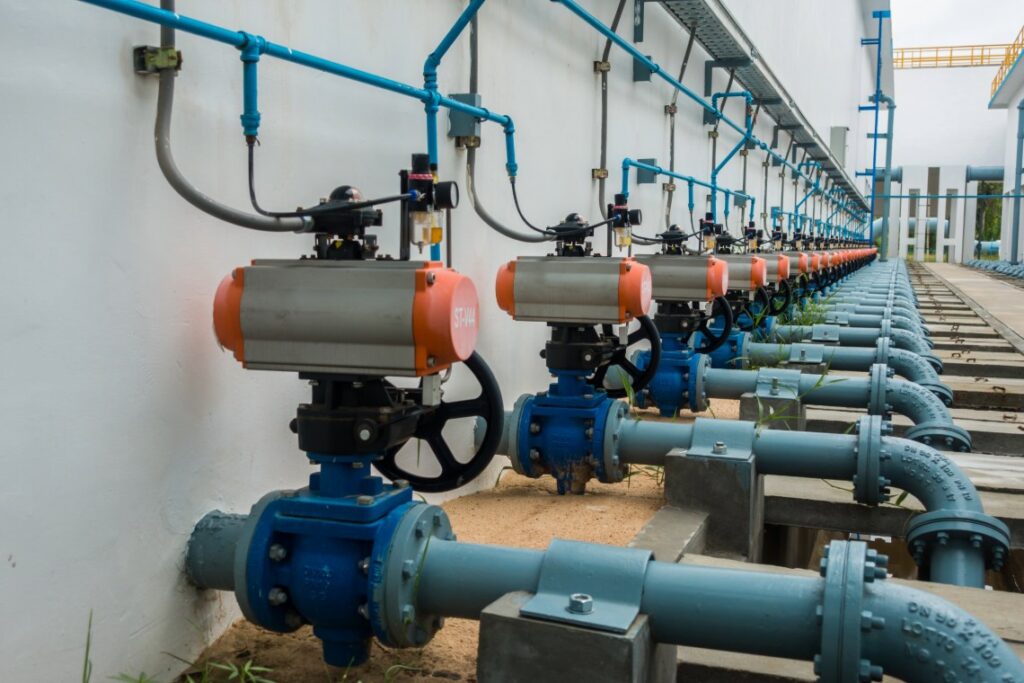
While flow rate, viscosity, and solids handling form the foundation of sludge pump selection, several secondary factors can significantly influence pump performance and reliability. These elements are often overlooked during initial design but are essential for long-term success in sludge pumping applications.
1. Go Deep or Stay Dry? Choosing the Right Configuration
The decision between a dry-installed and submersible sludge pump setup depends on site conditions, installation requirements, and the accessibility of maintenance. In many industrial and municipal settings where pumps must operate below grade or in confined spaces, submersible pumps provide a practical solution.
Submersible sludge pumps operate directly within the fluid, eliminating the need for priming and reducing suction limitations. They are ideal for deep pits, sumps, or tanks where vertical lift is a factor. However, submersible configurations may pose challenges for maintenance, as they require full retrieval from the pit for servicing and maintenance.
Dry-installed pumps, on the other hand, provide easier access for inspection and repair but require careful suction piping design and often need priming systems to function effectively. Understanding the layout of your system and its accessibility requirements is crucial in determining the optimal configuration for reliable sludge pumping.
2. Built to Survive: Material Strength and Compatibility
Sludge is often abrasive, corrosive, or chemically reactive. The materials used in pump construction must be compatible with the specific characteristics of the sludge to avoid premature wear or failure.
Abrasive sludges—such as those encountered in mining or sand recovery—require impellers, liners, and casings made from high-chrome alloys or rubber-lined components. Corrosive sludges, particularly those found in chemical processing or wastewater treatment, may demand stainless steel or specialized coatings.
When selecting a sludge pump, it’s important to match the metallurgy and wear resistance of internal parts to the expected operating environment. This ensures longer equipment life, reduced maintenance costs, and more consistent performance.
3. Power Play: Right-Sizing Motors for Tough Jobs
The power requirements of a sludge pump are directly influenced by the system’s total dynamic head, sludge density, and viscosity. Undersized motors may struggle to maintain flow under high-load conditions, while oversized systems can lead to inefficiencies and unnecessary energy consumption.
Accurate motor sizing involves:
- Calculating static and frictional head losses
- Considering variations in sludge consistency
- Accounting for required duty cycles and safety margins
In many modern sludge pumping systems, variable frequency drives (VFDs) or soft starters are used to enhance control, improve energy efficiency, and extend motor life. Selecting the correct motor specification is vital to achieving reliable, continuous operation in sludge-heavy processes.
4. The Space Puzzle: Installation Constraints and Access
Physical space at the installation site often plays a significant role in determining the right sludge pump setup. Confined areas may limit the ability to install large horizontal pumps or allow sufficient room for maintenance activities.
In such cases, compact or vertical designs, including submersible sludge pumps, are often better suited. These options minimize the system footprint while maintaining capacity and serviceability. Modular designs, quick-disconnect fittings, and top-access casings can also simplify routine maintenance and reduce downtime.
When planning for sludge pumping installations, it’s essential to consider not only performance but also long-term accessibility and ease of service.
The Hidden Cost of Getting It Wrong
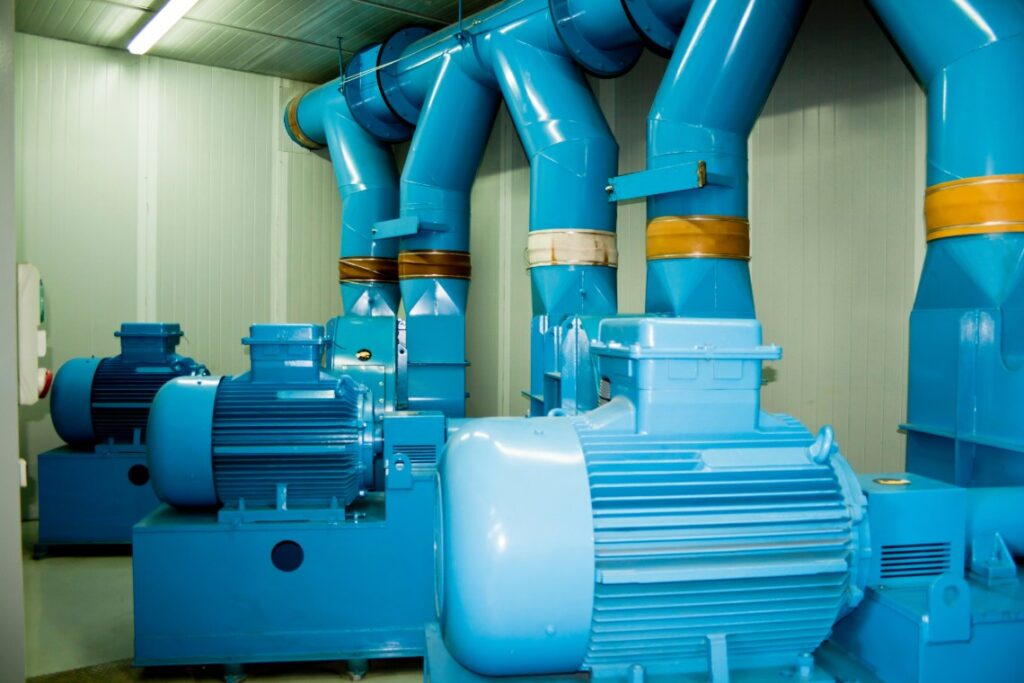
Improper selection of a sludge pump can result in significant operational and financial consequences. From frequent clogging to excessive energy consumption, the wrong pump choice can significantly impact overall system performance, increase maintenance demands, and reduce equipment lifespan.
One of the most common pitfalls is underestimating the characteristics of the sludge being handled. Pumps selected based on clean water specifications often fail when exposed to high-viscosity, solids-laden material. This mismatch can lead to cavitation, impeller damage, and complete system failure in high-demand sludge pumping environments.
Another frequent issue is choosing a pump with insufficient solids handling capacity. Suppose the pump cannot accommodate the particle size or concentration found in the sludge, clogging and repeated downtime become inevitable. In many of these cases, a submersible sludge pump would have been a better fit, particularly in applications with large solids or restricted access.
Shortcuts in material selection can also be costly. Using standard materials in highly abrasive or corrosive sludge applications accelerates wear and leads to more frequent part replacements. This not only increases costs but also introduces unplanned downtime that disrupts critical processes.
To avoid these issues, it’s essential to base pump selection on detailed performance requirements, including flow rate, viscosity, solids size, and environmental conditions. Working with manufacturers or specialists experienced in sludge pumping can help ensure that the pump’s design and configuration align with actual operational needs.
Final Thoughts: Precision Matters in Pump Selection
Choosing the right sludge pump involves more than just meeting basic flow requirements—it requires a thorough understanding of fluid characteristics, solids content, site conditions, and long-term operational demands. By carefully evaluating factors such as viscosity, solids handling capacity, and pump configuration, operators can prevent costly downtime, enhance energy efficiency, and prolong equipment lifespan. At WA Dredge Contractors, we specialize in sludge pumping solutions tailored to demanding environments. Whether you need expert guidance on pump selection or turnkey dredging support, our team is ready to help—contact us today to discuss your project requirements.


